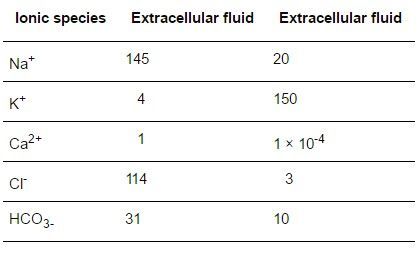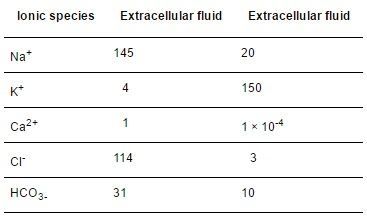Physiology Karteikarten am Cellular physiology II, erstellt von Francisco Sacadura am 15/01/2017.
Angeheftet an
4
0
0
Keine Merkmale angegeben
|
|
Erstellt von Francisco Sacadura
vor fast 8 Jahre
|
|
Schließen




